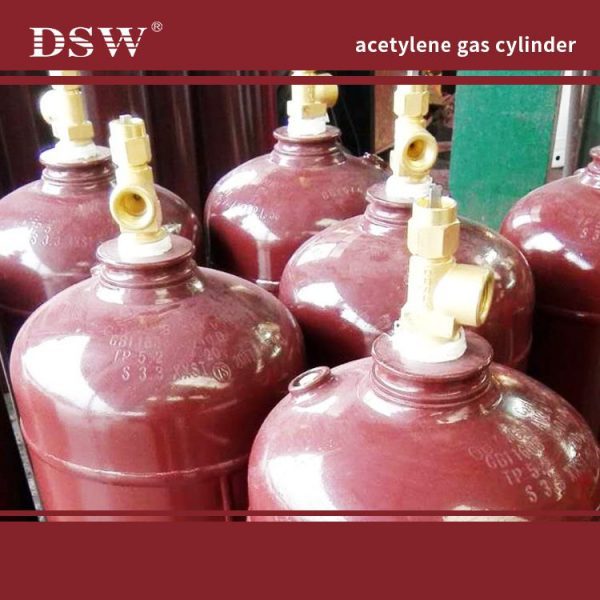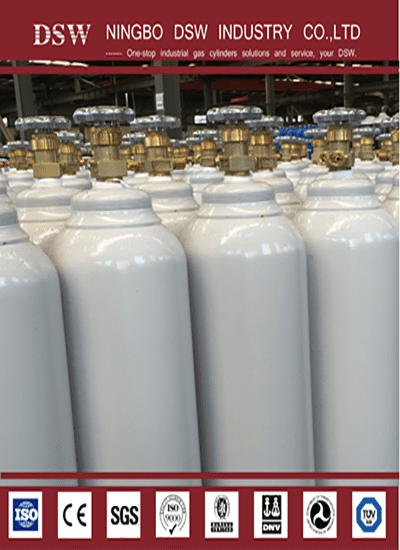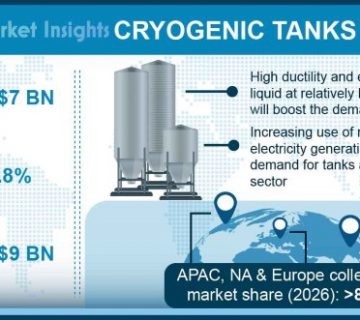pressure vessel for gas storage
A pressure vessel is a container designed to hold gases or liquids at a pressure substantially different from the ambient pressure.
Construction methods and materials may be chosen to suit the pressure application and will depend on the size of the vessel, the contents, working pressure, mass constraints, and the number of items required.
Inside the cylinder, the stored contents may be in a state of compressed gas, vapor over liquid, supercritical fluid, or dissolved in a substrate material, depending on the physical characteristics of the contents. A typical gas cylinder design is elongated, standing upright on a flattened bottom end, with the valve and fitting at the top for connecting to the receiving apparatus.

A gas cylinder is a pressure vessel for storage.

Storage vessels/tanks are superficial vessels for storing liquids, solutions, pharmaceutical raw materials, and other chemicals.
These general-purpose vessels are made of stainless steel, fiber glass, titanium, and galvanized steel.
Several industries use them to store various substances and solutions.
Storage vessels/tanks can either be horizontal or vertical in their orientation.
Horizontal storage vessels are generally mounted on stands or saddles and have an access hatch on the bottom or top.
Vertical storage pressure vessels are erected vertically and usually have access ports on the bottom.
These specialized vessels can be placed above or below ground, depending on the construction of the storage facility.
The wall thickness of the vessel determines the application and the use of the boat; while single-wall storage vessels can be used for general applications, double-wall containers are generally used for high-pressure considerations.













No comment